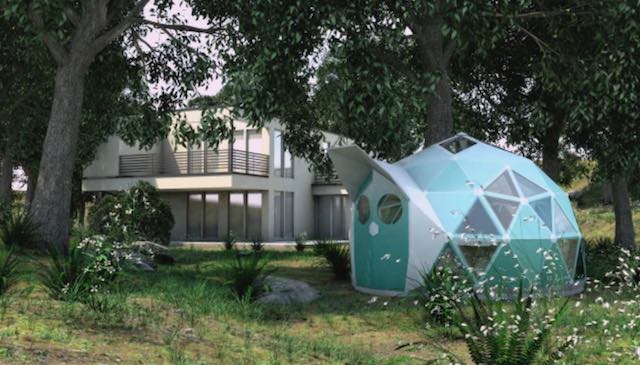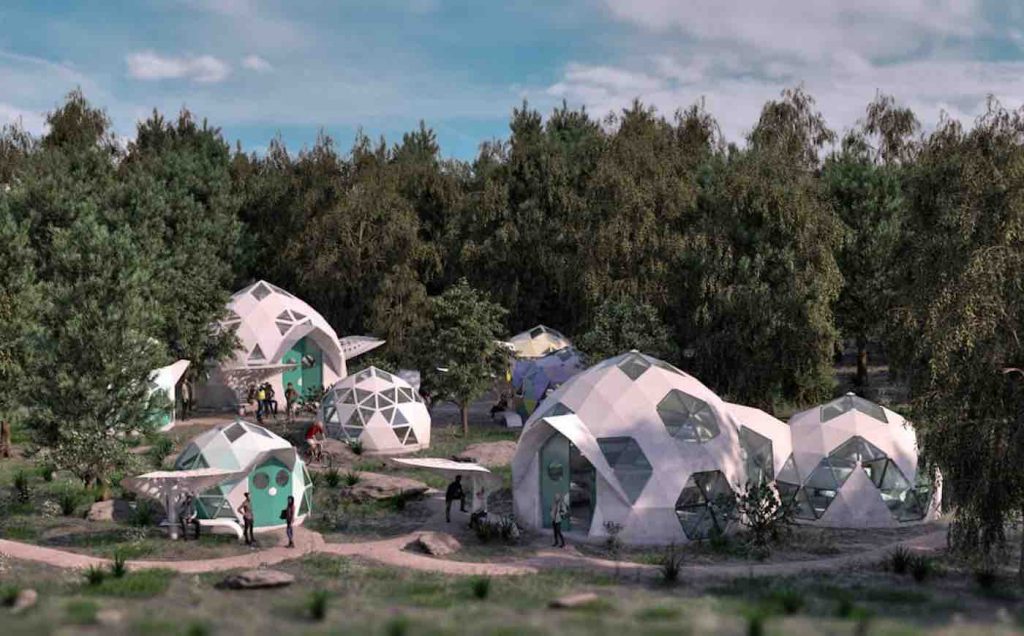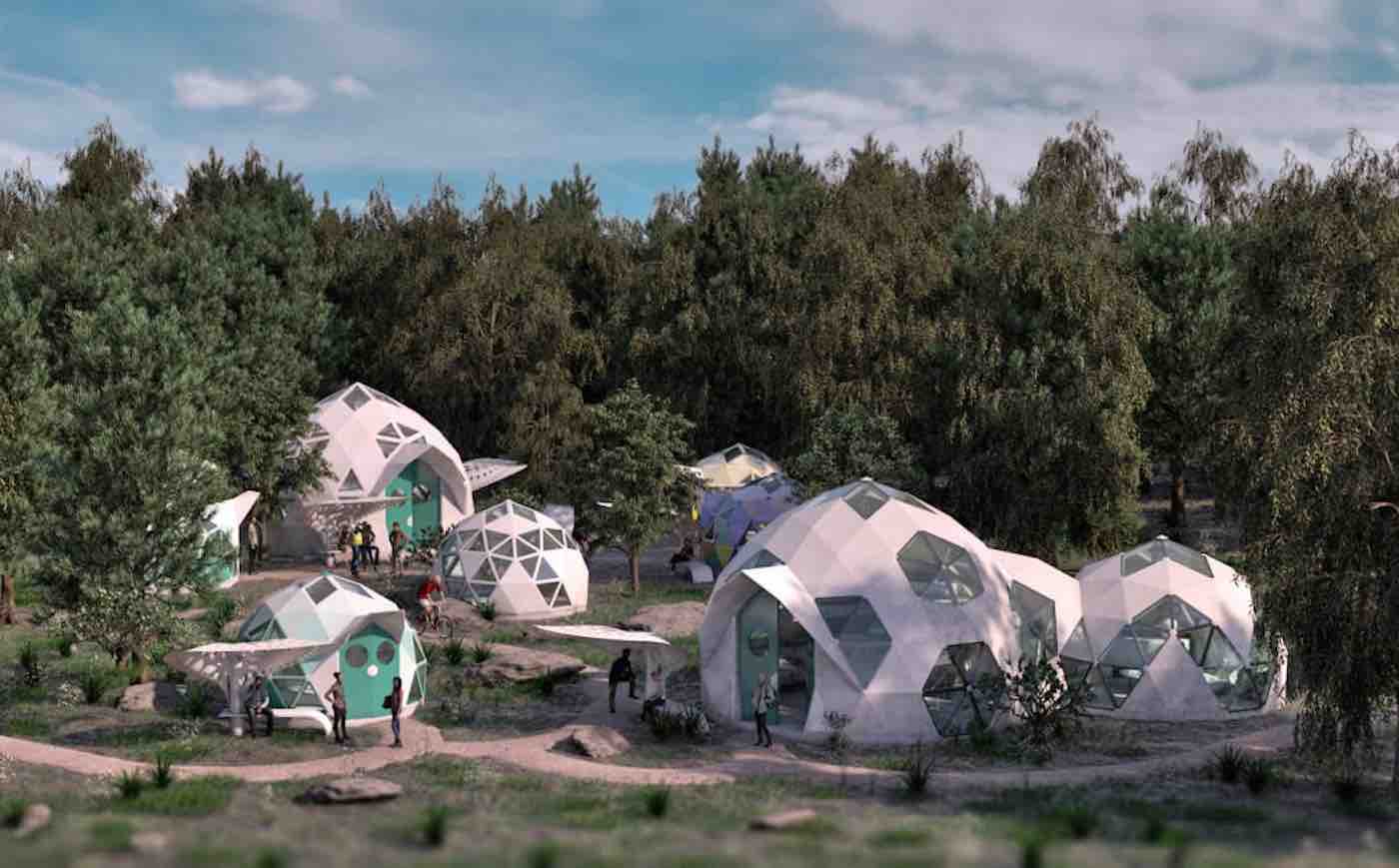As the world endures more and more hurricanes, wildfires, floods, and other natural disasters, architects are starting to feel more and more like the protagonists in the tale of the “Three Little Pigs”.
Thankfully, an eco-friendly architectural company in Seattle called Geoship may have come up with the perfect design to protect millions from the huffing and puffing of today’s wolfish weather conditions.
Over the last decade, people have searched for better housing options more in line with their financial constraints. But, does the “tiny house movement” offer a way to live that mitigates the risk of storms while still maintaining sustainability, community, and a true sense of belonging to a place?
A young engineer, Morgan Bierschenk, came face to face with these questions when he returned to the US to build himself a house after traveling the world.
While helping his brother build a home from reclaimed materials, he started to question a basic premise: “Why we’re still pounding nails in wood, like people were doing 100 years ago,” Bierschenk told FastCompany.
He then began to ponder why houses are still designed with right angles and whether there was a better way—and that’s how Bierschenk turned to the architectural revolution of the geodesic dome, promoted in the 1970s by Buckminster Fuller, with his Geoship startup.
Rather than being made out of wood or typical housing materials, the homes are made of bioceramic: a resilient substance made from minerals that can be sourced from urban waste-stream activities like water treatment plants—but so nontoxic, it’s been used in bone and tooth replacements for decades.

These dome houses are not only chemical-free, resilient in strong winds, unlikely to fall apart in earthquakes, and burn-resistant up to 2,700 degrees Fahrenheit (1482 C). They are chemically inert, self-venting and carbon-dioxide sequestering. Geoship aims to help regular people start land trusts to create dome “villages” and even offers co-op part-ownership of the company to the buyers.
MORE: How This “Living” Chandelier Uses Algae to Purify the Air of CO2
Once Geoship starts production of their triangular modules, they are expected to offer the homes in a range of sizes from $55,000 up to around $250,000. They report it reflects a potential savings on mortgage payments up to 50% when comparing them to the square footage values of traditional houses.
For those experiencing dislocation due to fire, natural disaster, or any other immediate need, the Geoship homes are to be mass-produced and shipped in small containers for construction on a pre-existing foundation in just a few days. And if needed, they can also be disassembled and relocated.

The startup has caught the attention of Zappos, the Las Vegas-based online shoe retailer. Because the company felt spurred to address the crisis of homelessness in their city, Zappos is teaming with Geoship to build prototypes to serve as durable, affordable housing. The companies will release more information about the project at a later date.
LOOK: Trees Growing Out of Buildings Could Help Heal China’s Air Pollution Problem
It will be at least two years before production begins, but after that we could witness a revolution of safe, sustainable, affordable community architecture manifesting a new reality where the wolf can blow, and the house won’t fall down.
Build Up Some Positivity By Sharing The Good News To Social Media…




















